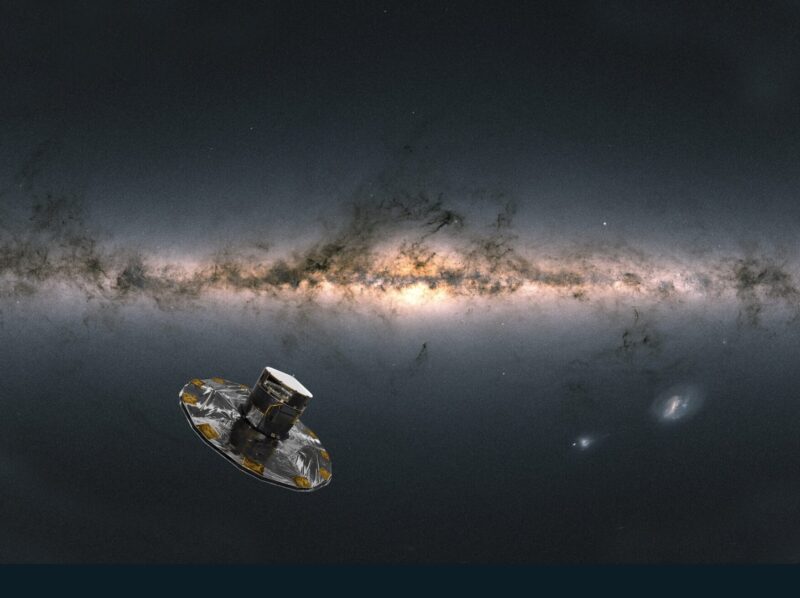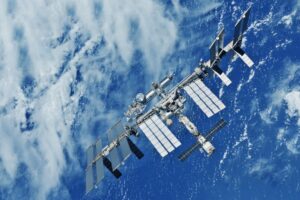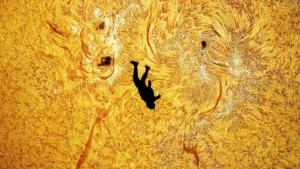Gaia has completed the mapping phase of its mission. Since its launch in 2013, the European Space Agency’s Gaia spacecraft has been charting our galaxy one star at a time. In those years, Gaia achieved a monumental feat, creating a three-dimensional map of over two billion stars across the Milky Way.
Now, the top-hat-shaped spacecraft is nearing the end of its journey. After 10 years, Gaia’s fuel tank is almost empty. It has been using 12 grams of cold gas fuel daily to keep it spinning. According to the ESA, “This amounts to 55kg of cold gas for 15,300 spacecraft ‘pirouettes’.”
Over the last decade, the ESA spacecraft has recorded an astonishing three trillion observations. This includes detailed information on the positions, distances, and motions of stars, as well as insights into their compositions and temperatures. Its constant scan of the galaxy has also detailed the orbits of over 150,000 asteroids and discovered a new type of black hole and several exoplanets.
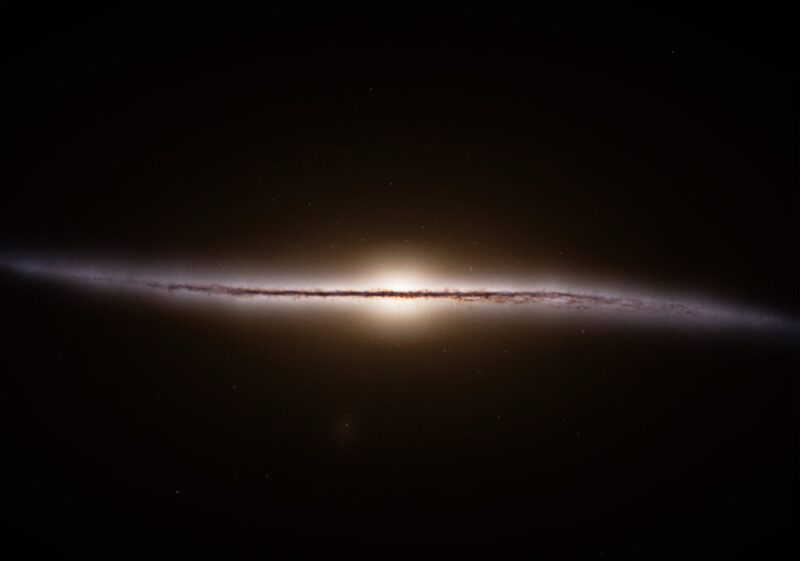
An artist’s impression of the Milky Way, edge-on. Image: ESA
A revolutionary mission
Gaia’s data has transformed astrophysics. By accurately pinpointing the positions of stars, Gaia has allowed scientists to measure the Milky Way’s size and shape more precisely than ever before.
Not only has Gaia allowed us to map the Milky Way and learn about its evolution, but it has also enabled astronomers to model how the galaxy might look to an outsider.
“Even basic ideas have been revised, such as the rotation of our galaxy’s central bar, the warp of the disc, the detailed structure of spiral arms, and interstellar dust near the Sun,” says Stefan Payne-Wardenaar of the Haus der Astronomie in Germany.
Since 2016, various researchers have accessed Gaia’s data over 580 million times, and it is the basis of over 13,000 scientific papers. However, just one-third of Gaia’s data has been published so far, and there remain years more information to be released to the scientific community.
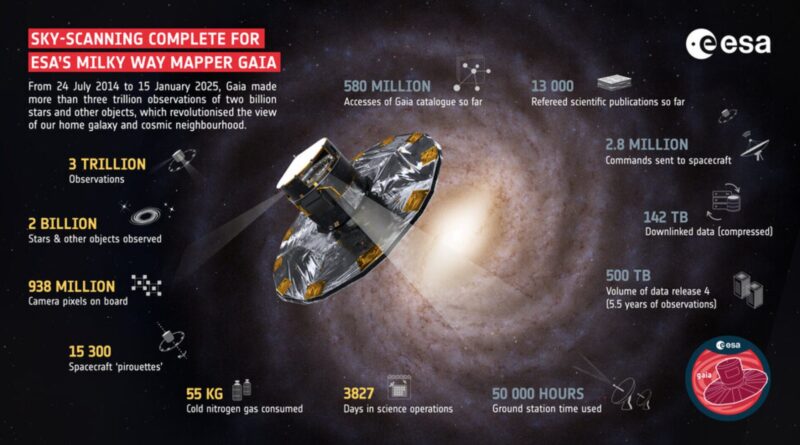
Gaia Infographic. Image: ESA
Retirement years
On January 15, Gaia made its final starlight observations. But its mission is not quite over. The spacecraft will release two enormous data streams over the coming months before retiring to become a test vehicle.
On March 27, Gaia will leave its current orbit at the second Lagrange point (L2). It will move into an orbit further away from Earth so that it does not interfere with other spacecraft. Until then, scientists will use it to learn more about how technology behaves after a decade in space.
For a short period, amateur astronomers will be able to see Gaia before its final goodbye. The ESA has created a guide on how to spot the spacecraft.
